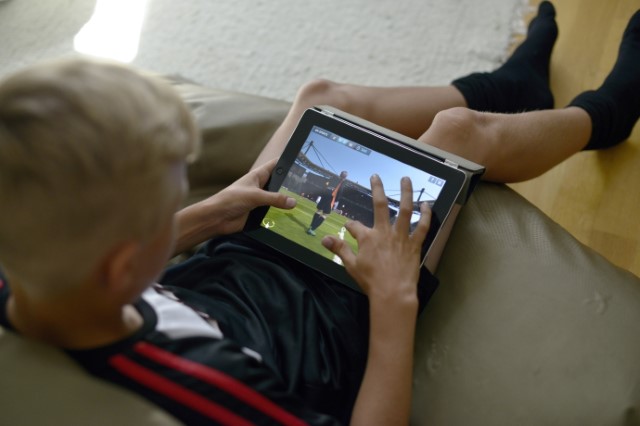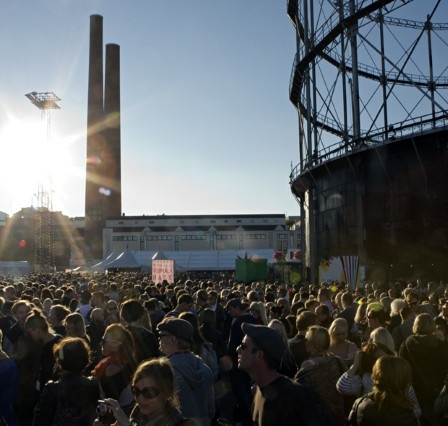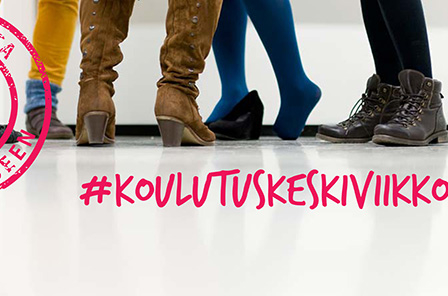The biggest challenge is not which new technologies to use in schools, but rather what students do with them, argues Oona Myllyntaus from the University of Helsinki.
In a continuously changing globalised world, education has been shaped by rapid urbanisation, new technologies and digitisation. Reflecting on the connections among these phenomena seems to be a fairly topical issue at the moment, because the big questions have to do with what we should know about new technologies and for what purposes such technologies should be used in comprehensive school and basic education.
Urban development and information technology go hand in hand
Influence in an information society has mainly been based on having information, which is created and processed by operating with ICT. Globalisation and the development of digital technology have inevitably pushed society in a direction in which literacy and penmanship alone are not sufficient for appropriating and sharing new ideas and knowledge. Instead, acquaintance with new technologies is necessary – in the development of cities, in societal change, in global politics, you name it.
Like power and wealth, information tends to accumulate. In order for information to be distributed evenly, its availability and administration have been democratised with the support of digitisation. New technologies, like smartphones, are being widely used, ranging from business life to home use to advancing public schools as part of a bid to improve education. “The democratisation of computing power that started with the PC in the 1970s and leaped onto the Internet in the 1990s is now spilling out into the streets.” (Townsend 2013, xiii.)
Those who can manage to use new technologies with ease have a tool with which to cast their thoughts into a digital mould and have their voices heard. Those who cannot communicate in a technology-mediated way are in a weaker position when the great opportunities provided by new technologies are out of reach (see Heiskanen 2015).
The digital revolution has been clearly described by the urban planner and technology forecaster Anthony Townsend in his first book Smart Cities: Big Data, Civic Hackers, and the Quest for a New Utopia (2013). Put in a nutshell, he says that as cities grow bigger and more complex, the more the intelligent technologies are needed. Simultaneously, the more people cities have, the denser the networks will become. “You are no longer just a cog in a vast machine. You are part of the mind of the smart city itself. And that gives you power to shape the future” (Townsend 2013, xiii). In other words, urban development and information technology cannot be separated.
A big question concerns the purposes of new technologies in schools and basic education
We might make an analogy between the city as a place to live and the school as a place to learn. As schools are merged and balloon in size, acquiring new technology should make them flourish, enabling students to be smarter and more sociable. Therefore, I would classify the digitally updated school as a place for face-to-face encounters. Like cities, contemporary schools are still being created by people, not by machines. This view, however, might be rather contrary to how the term “digital leap”, which refers to the digital development of services and cutting costs in the long run, is generally understood in connection with education.
Professor of education Kai Hakkarainen (2015, 12) points out that we humans adapt to different cultures and are incredibly flexible and sociable by nature. “Human beings are biologically cultural and ultra-social creatures (Donald, 2000; Rogoff, 2003; Tomasello, 2008) in nature whose intelligence is adapted to co-evolve with cognitive-cultural macrostructures that are subject to cultural-historical change” (Hakkarainen 2015, 12). For that reason, the transition to a digital age in our schools is hardly the biggest threat to education and its social factor. However, the learning space does matter and not least because one of the greatest genetic gifts of humankind is to learn from our surroundings.
Unlike in the age of sundials, we now have the opportunity to choose the kinds of technologies needed for schools and for the best education from a wide range of options. Educational decision-makers and educators themselves are questioning what is useful: educational games, animation programs, digital cameras or tablets, for example. Teachers and researchers are exploring what we can learn with computers and smart devices and what we can learn better through traditional teaching methods, what skills are needed for tackling the questions of a changing world, and how these abilities might be promoted in each class and each student.
To thrive in a learning zone means to live in a world bigger than oneself
No matter how bright a student is, future problems will not be resolved without social networks, the Internet of Things, or the information disseminated through them. Therefore, I would be pleased if, as early as primary school, students, when they don’t know something in class, would not immediately ask the teacher or a classmate or just remain silent – automatic behaviours that will probably never vanish completely from the classroom setting. Today, when computing is ubiquitous, it is not hard to search for and find information. Hence, the biggest challenge is not which new technologies to use and provide in schools, but rather what students do with them!
I would not be concerned if playing with smart devices is taking a more visible – but still minor – role in classrooms as long as students are allowed to develop their identities as persons and learners and as long as smart devices are used to foster students’ collective intelligence, creativity and sociability in building new concepts and ways of doing things. Also, I would like to see new technologies being used in schools to examine how we confront responsibly the inevitable societal problems and the significant challenges in our world of yesterday, today and tomorrow. This sort of educational game is fascinating and rewarding, and only the sky is the limit in the zone of learning.
Sources:
Hakkarainen, K. (2015). Expertise, collective creativity and shared knowledge practices. Working paper. Helsinki: University of Helsinki, Institute of Behavioral Sciences (pp. 1-17). Modified from Hakkarainen K., (2013). Mapping the research ground: Expertise, collective creativity, and shared knowledge practices. In H. Gaunt & H. Westerlund (eds). Collaborative Learning in Higher Music Education (pp. 13-26). Surrey; UK: Ashgate.
Heiskanen, R. (9 Sept. 2015). Mitä teknologiasta pitäisi ymmärtää?. [What should we know about technology?]. Mehackit. http://mehackit.org/posts Retrieved 21 Sept. 2015.
Townsend, A. (2013). Smart Cities: Big Data, Civic Hackers, and the Quest for a New Utopia. New York, London: W.W. Norton & Company.
Sitra’s Education for a Changing World research project gathers insights from multiple fields to help inform the global debate about the purpose and future of education for a changed world. Interested in joining the dialogue on sustainability and education? Join us on Facebook, Twitter (#educationfutures) or get in touch directly.



Recommended